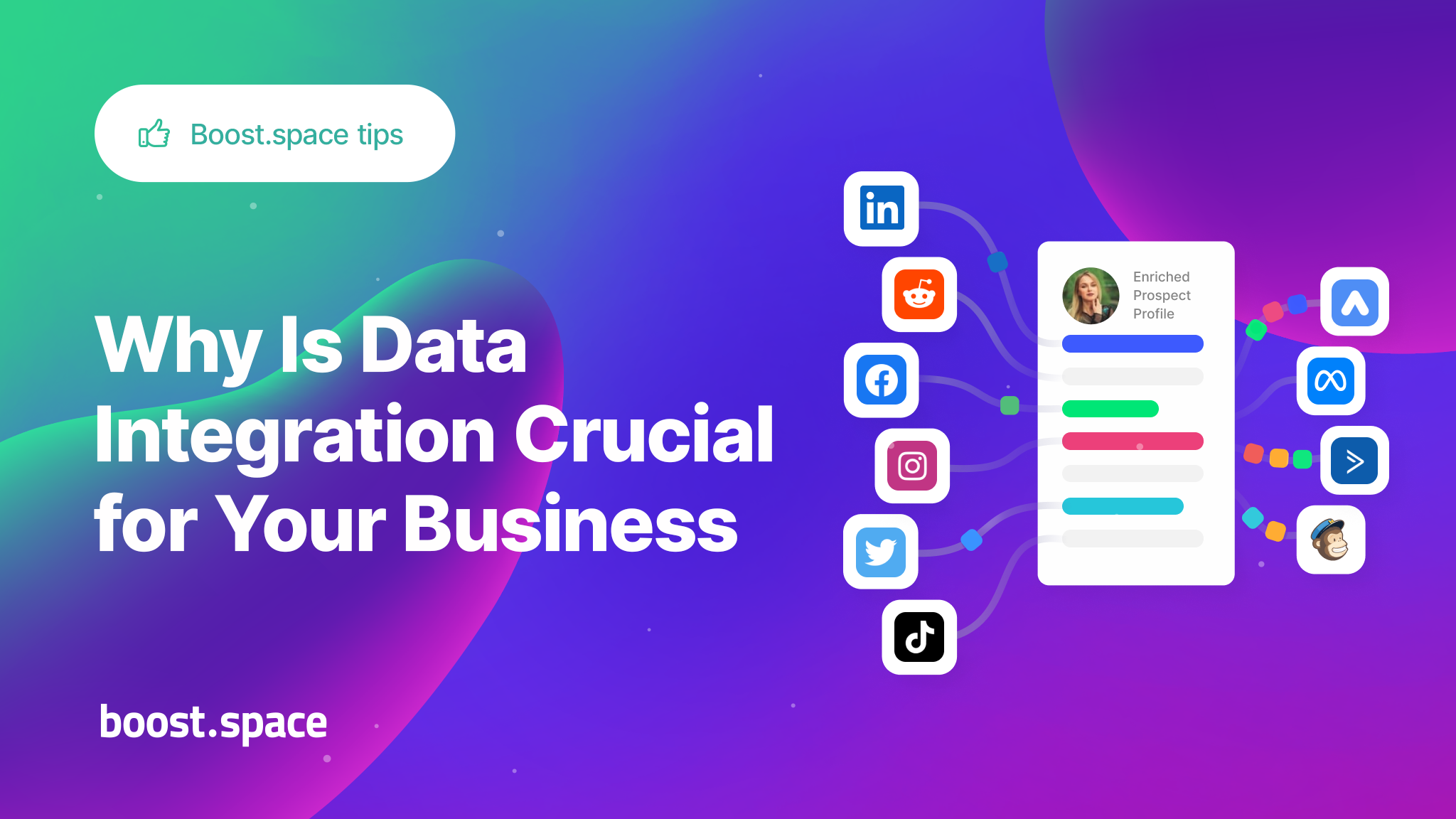Enter data integration, the superhero of digital transformation
With the power to combine data from different sources and create a unified view of the data, data integration is Robin to Batman’s digital transformation.
The goal of data integration is to provide a comprehensive, accurate, and consistent view of data that can be used for working with data centrally, better decision-making, or even reporting. This can include data from various systems, databases, applications, and external sources such as social media or IoT devices.
Why Data Integration is Critical for Digital Transformation
Digital transformation involves using digital technologies to fundamentally change the way businesses operate, deliver value to customers, and compete in the market. This requires a data-driven approach that allows organizations to leverage data to gain insights into customer behavior, streamline operations, and develop new products and services. However, data integration is often a prerequisite for these initiatives, enabling organizations to:
Unlock the Value of Data. Data integration helps organizations bring together data from different sources, giving them a more comprehensive view of their business operations, customers, and market. With a unified view of data, businesses can identify new insights, trends, and opportunities that they would not be able to uncover with fragmented data.
Optimize Business Processes. Digital transformation often involves automating and optimizing key business processes. However, this can be challenging when data is siloed in different systems or departments. By integrating data, businesses can streamline workflows and create a more efficient, agile organization that can respond quickly to changing market conditions.
Develop Innovative Products and Services. Data integration enables businesses better to understand customer behavior, preferences, and needs. This can help organizations develop innovative products and services that meet customers’ changing demands, increasing customer satisfaction and loyalty.
Enhance Decision-Making. With data integration, businesses can improve the quality and accuracy of their data, providing decision-makers with the insights they need to make informed decisions. This can help organizations to reduce the risk of making decisions based on incomplete or inaccurate data, leading to better outcomes.
Drive Revenue Growth. By integrating data, businesses can develop a more complex understanding of their customers, enabling them to have more targeted marketing and sales efforts, which can result in increased customer acquisition and retention, leading to revenue growth.
With data integration, businesses are finally able to see the forest for the trees
In today’s digital age, data integration is critical to the success of digital transformation initiatives. By consolidating data from varied sources, businesses can gain a comprehensive, accurate, and consistent Single Source of truth for their operations, customers, and market. This enables them to make data-driven decisions that lead to improved business outcomes. As such, organizations that prioritize data integration are more likely to succeed in their digital transformation efforts and stay competitive in the fast-paced digital landscape.
Invest in data integration and become the superhero of your own digital transformation.
